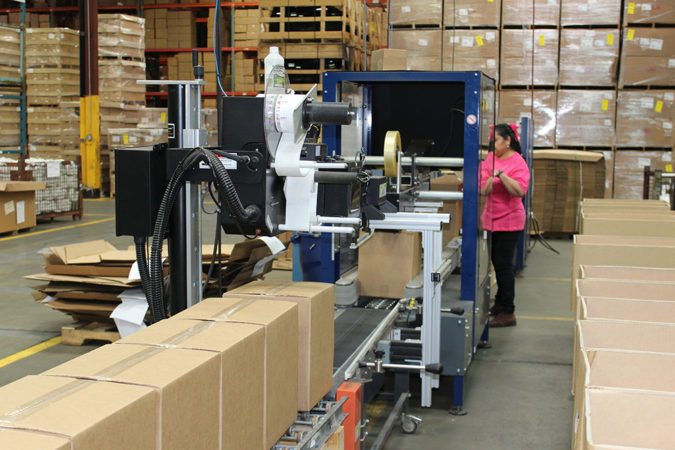IMARC Group, a leading market research company, has recently releases report titled “Contract Packaging Market: Global Industry Trends, Share, Size, Growth, Opportunity and Forecast 2023-2028.” The study provides a detailed analysis of the industry, including the global contract packaging market leaders, size, growth, share, trends, and forecasts. The report also includes competitor and regional analysis and highlights the latest advancements in the market.
How Big Is the Contract Packaging Market?
The global contract packaging market size reached US$ 63.0 Billion in 2022. Looking forward, IMARC Group expects the market to reach US$ 103.0 Billion by 2028, exhibiting a growth rate (CAGR) of 8.05% during 2023-2028.
What is Contract Packaging?
Contract packaging, or co-packaging, provides businesses with the option to outsource their packaging and supply chain needs to other companies. It encompasses tasks such as primary and secondary packaging of finished goods, building point-of-purchase (POP) displays, managing inventory, and distributing products to the market or directly to consumers. Contract packaging offers access to resources, including printing services, a skilled labor force, and research and development (RD) capabilities. It is commonly employed in bulk manufacturing and cargo shipping. Consequently, contract packaging finds extensive applications across several sectors, such as pharmaceuticals, retail, personal care, etc.
Global Industry Trends and Drivers:
The contract packaging market is primarily driven by the increasing demand for the service across various end-use industries in order to meet the needs of a rapidly expanding global population. Furthermore, the elevating focus among the leading market players on incorporating features including child-resistant packaging, serialization, and tamper-evident solutions that adhere to the strict standards set by government organizations is acting as another significant growth-inducing factor. Besides this, the growing need for contract packaging solutions from the retail industry to reduce costs and enhance product presentation, bulk packaging, assembly, labeling, and packaging design is also positively influencing the global market. Moreover, the shifting consumer preference towards online shopping and the rising adoption of home delivery models are further catalyzing the market growth. Apart from this, the introduction of environmentally friendly packaging options, owing to the escalating awareness of the adverse effects of plastic materials, is expected to propel the contract packaging market over the forecasted period.
What Is Included In Market Segmentation?
The report has been segmented the market into following categories:
Breakup by Packaging Type:
- Primary
- Secondary
- Tertiary
Breakup by Material:
- Plastic
- Metal
- Glass
- Paper and Paperboard
Breakup by Service:
- Bottling
- Bagging/Pouching
- Lot/Batch and Date Coding
- Boxing and Cartoning
- Wrapping and Bund
- Labelling
- Clamshell and Blister
- Others
Breakup by End Use Industry:
- Food and Beverage
- Pharmaceutical
- Electronics
- Personal care
- Others
Breakup by Region:
- North America
- United States
- Canada
- Asia-Pacific
- China
- Japan
- India
- South Korea
- Australia
- Indonesia
- Others
- Europe
- Germany
- France
- United Kingdom
- Italy
- Spain
- Russia
- Others
- Latin America
- Brazil
- Mexico
- Others
- Middle East and Africa
The report provides a comprehensive analysis of the industry key players listed below:
- Aaron Thomas Company Inc.
- AmeriPac
- Assemblies Unlimited Inc.
- Co-Pak Packaging Corporation
- Hollingsworth
- Kelly Products Incorporated
- Marsden Packaging Ltd.
- Multi-Pack Solutions LLC
- Reed-Lane. Inc.
- Sonic Packaging Industries Inc.
- Sterling Contract Packaging Inc.
- Unicep Packaging LLC (Silgan Holdings Inc.)



